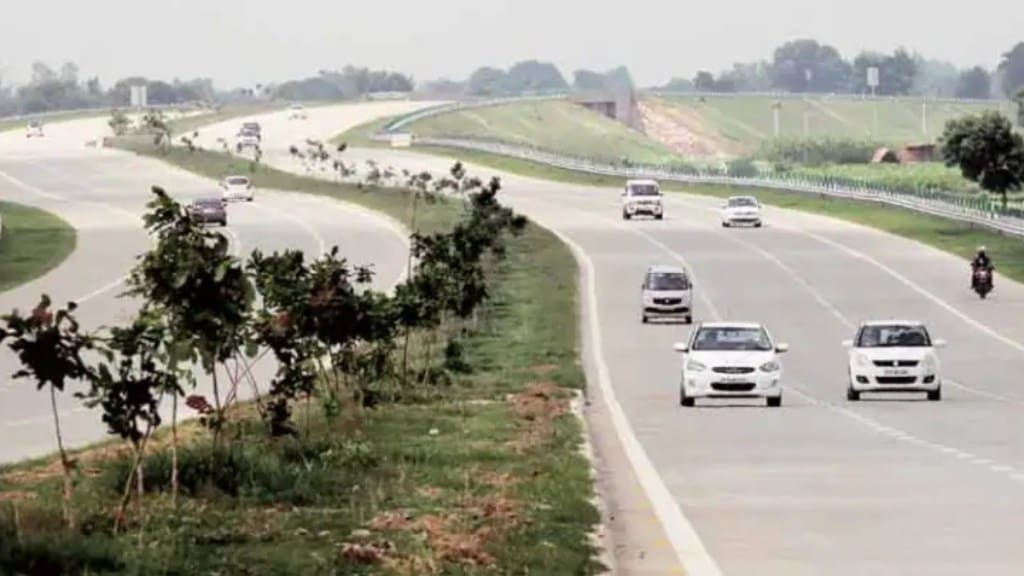India has significantly ramped up its border road infrastructure in recent years, focusing on regions along the Line of Actual Control (LAC) to bolster defence capabilities, enhance connectivity, and support local development. Key projects led by the Border Roads Organisation (BRO) underline the strategic importance of these developments amid rising geopolitical tensions.
Strategic Roads in Ladakh
The National Board for Wildlife (NBWL) recently approved five critical road stretches in Ladakh to enhance military logistics along the LAC. Among these, four routes traverse the Karakoram Wildlife Sanctuary, including the road to Daulat Beg Oldie (DBO), India’s northernmost military outpost and home to the world’s highest airstrip. This decision highlights the delicate balance between national security priorities and ecological preservation.
Key approved projects include Chushul-Lukung to Thakung Post Link Road, Durbuk-Shyok-Daulat Beg Oldie (DS-DBO) to Saser-Brangsa-Gapshan Road, a 7.75 km stretch at 17,000 feet altitude and upgrades to Leh-Chalunka Road
These roads will improve troop mobility and supply chains in Sub-Sector North, a strategically vital area. The alternate DS-DBO route provides a safer path, reducing vulnerability to hostilities and allowing rapid resource deployment.
Nimmu-Padam-Darcha Road in Ladakh
The completion of the 298-km Nimmu-Padam-Darcha road marks a major milestone in Ladakh’s connectivity. Developed as a third axis to Ladakh after the Srinagar-Leh and Manali-Leh routes, it crosses the Shinkun La pass (16,558 feet) and is shorter and more efficient than existing options.
- All-Weather Connectivity: Tunnel work at Shinkun La will ensure year-round accessibility, addressing challenges posed by snowbound winters.
- Strategic Benefits: Facilitates defense logistics and troop movement.
- Economic Development: Boosts trade and tourism in the Zanskar Valley, benefiting local communities.
Strengthening Alternate Routes to Leh
BRO has prioritised infrastructure upgrades on alternate routes to Leh. Among immediate tasks:
- Completing the uncut 4-km stretch of the Nimmu-Padam-Darcha road.
- Launching full-fledged construction of the 4.1 km Shinkun La Tunnel, the world’s highest at 15,800 feet, which will reduce the Manali-Leh distance by 60 km.
These routes, vital for defence and economic connectivity, underscore the government’s commitment to developing robust, all-weather access to Ladakh.
Arunachal Frontier Highway: Countering China’s Posturing
The Arunachal Frontier Highway is a landmark infrastructure project, connecting 12 districts along the LAC with China. Spanning 1,637 km, the highway is strategically located just 20 km from the LAC and will link 1,683 villages, addressing both defence and socio-economic needs. The project is estimated to cost Rs 40,000 crore, of which Rs 28,229 crore has been sanctioned by the Central Government. The highway is expected to be completed by 2027.
Key Features:
- Route: From Bomdila to Vijaynagar near the India-Myanmar border.
- Funding: Rs 28,229 crore sanctioned, with completion targeted for 2027.
- Progress: Construction is underway on a 198-km stretch, with significant achievements like a 100-metre arch bridge over the Siom River.
This highway, along with the proposed 1,800-km Frontier Highway in Arunachal Pradesh, reinforces India’s border defence capabilities while promoting development in remote areas.
Since the Galwan Valley clashes in 2020, India has exponentially increased the pace of border infrastructure development. Key advancements include:
- The doubling of the BRO’s budget since 2014.
- Construction of critical roads and bridges to enable swift troop movement.
- Priority projects like the Sungal Tunnel on the Akhnoor-Poonch Highway and the Lipulekh Pass road for the Mansarovar Yatra.
India’s border infrastructure strategy is a blend of military preparedness and regional development. While addressing national security concerns, projects like the Nimmu-Padam-Darcha road and Arunachal Frontier Highway also aim to integrate remote regions into the national mainstream. These efforts reflect the government’s long-term vision for strengthening both defence and socio-economic frameworks in frontier regions.


